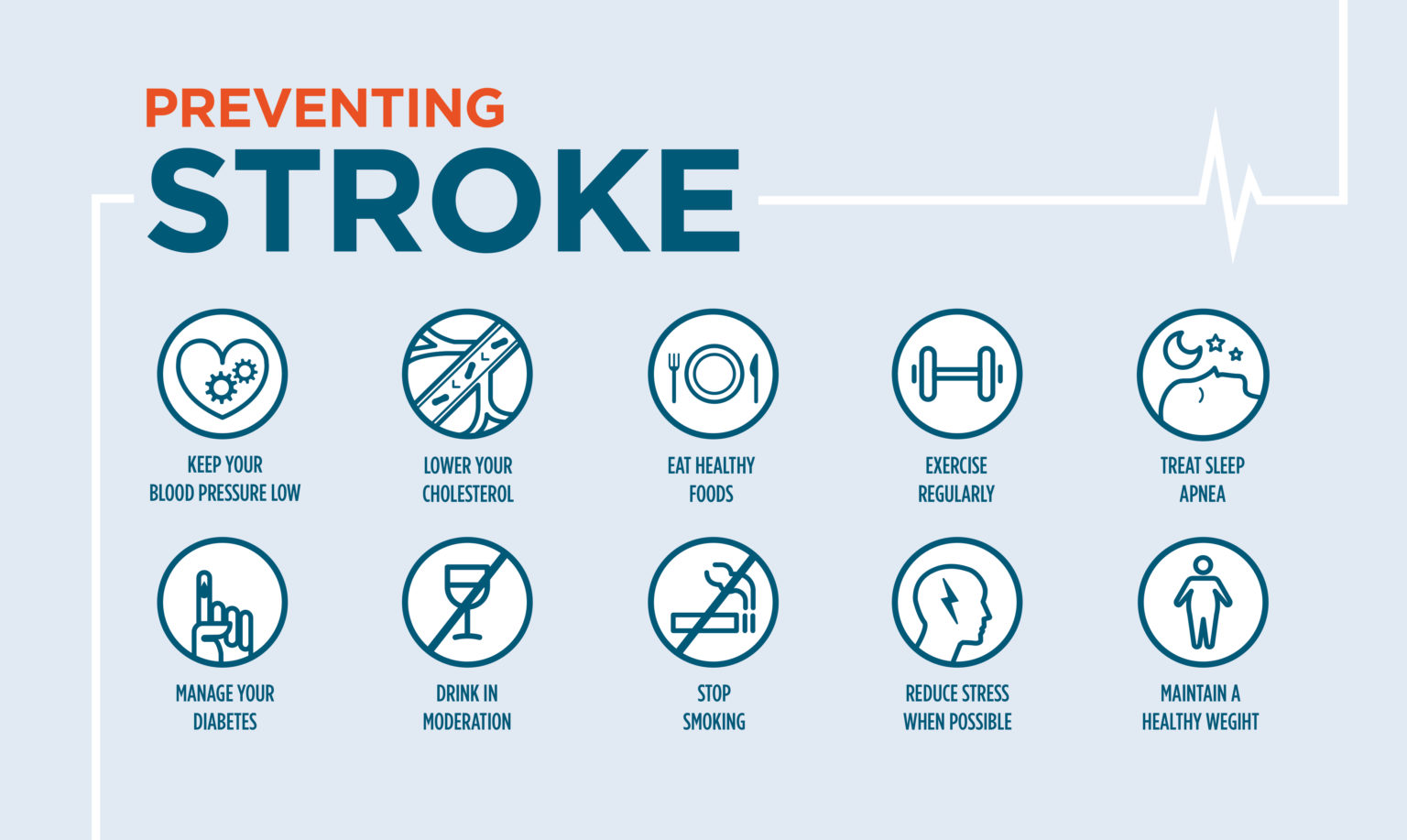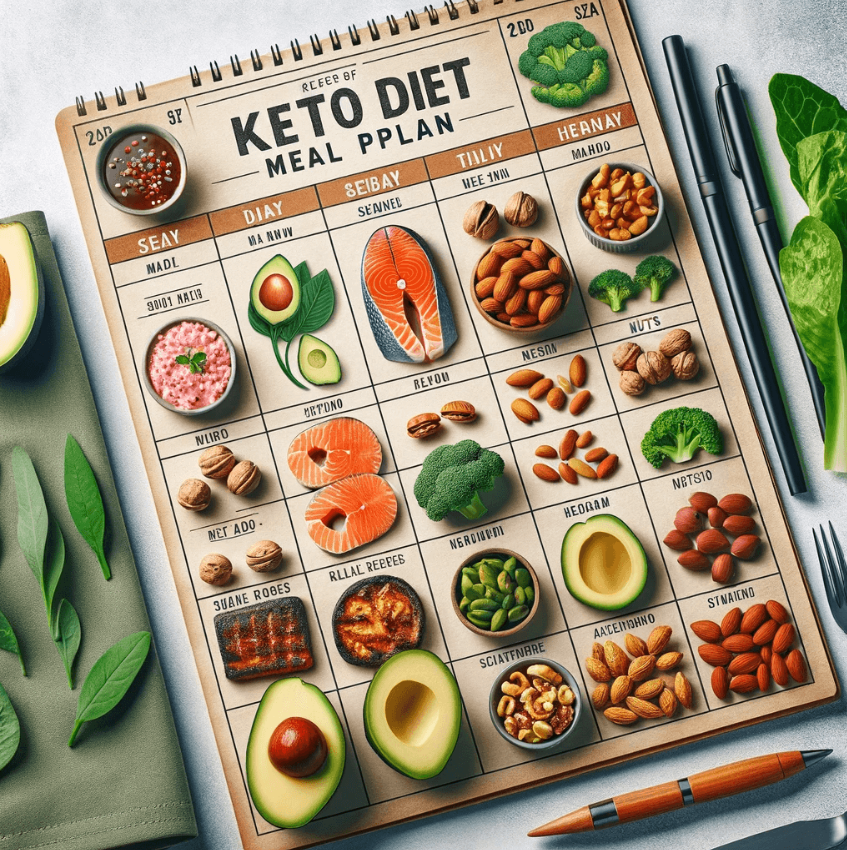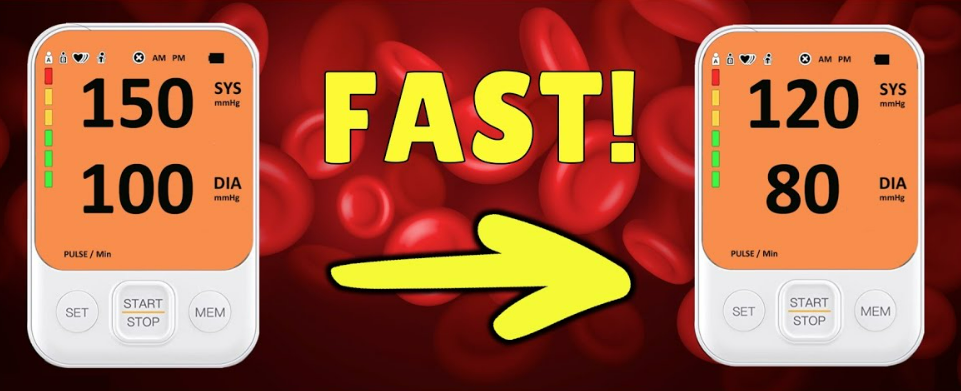I. Introduction
Overview of Stroke Prevention
Stroke prevention is a critical aspect of maintaining overall health and well-being. By implementing healthy lifestyle changes and adhering to medical management, individuals can significantly reduce their risk of experiencing a stroke. These proactive measures are essential not only for preventing strokes but also for enhancing quality of life.
The importance of lifestyle changes cannot be overstated. Adopting a balanced diet, engaging in regular physical activity, quitting smoking, and moderating alcohol consumption are fundamental steps that contribute to stroke prevention. These changes help manage key risk factors such as high blood pressure, high cholesterol, and diabetes, all of which are closely linked to stroke.
Medical management plays an equally vital role. Regular check-ups, medication adherence, and consistent monitoring of health metrics like blood pressure, cholesterol levels, and blood sugar are crucial in mitigating stroke risk. Collaboration with healthcare professionals ensures that any underlying conditions are effectively managed, reducing the likelihood of a stroke.
It is encouraging to note that up to 80% of strokes can be prevented through these proactive measures. This statistic underscores the significant impact that lifestyle changes and medical management can have on reducing stroke incidence. By taking small, manageable steps and working closely with healthcare providers, individuals can greatly enhance their chances of avoiding a stroke and leading a healthier life.
II. Diet and Nutrition
Healthy Diet
Adopting a healthy diet is a foundational step in preventing strokes. A low-fat, high-fiber diet rich in fruits, vegetables, and whole grains is highly recommended. These foods provide essential nutrients and support overall cardiovascular health.
It is crucial to limit salt intake to no more than 6 grams per day, approximately one teaspoon. Reducing salt helps control blood pressure, a significant risk factor for strokes. Additionally, avoiding foods high in saturated fats, trans fats, and cholesterol is essential. These unhealthy fats can contribute to the buildup of plaques in the arteries, increasing the risk of a stroke.
Ensuring a balanced diet is vital. This means not consuming excessive amounts of any single food. Variety in food choices helps maintain nutritional balance and prevents the negative health impacts associated with overconsumption of specific nutrients.
Considering structured diets such as the Dietary Approaches to Stop Hypertension (DASH) or the Mediterranean diet can provide comprehensive heart health benefits. These diets emphasize fruits, vegetables, whole grains, lean proteins, and healthy fats, offering a well-rounded approach to nutrition and stroke prevention.
III. Exercise and Physical Activity
Regular Exercise
Engaging in regular exercise is a key component of stroke prevention. Aim to achieve at least 150 minutes of moderate-intensity aerobic activity each week, such as cycling or fast walking. These activities help improve cardiovascular health and maintain an optimal weight, both of which are crucial for reducing stroke risk.
In addition to aerobic exercise, include muscle-strengthening activities at least twice a week. Strength training enhances muscle function and overall physical stability, contributing to a healthier body.
For those who find it challenging to fit long exercise sessions into their schedules, breaking exercise into smaller sessions throughout the day is an effective strategy. Even brief periods of activity can accumulate to meet the weekly exercise goals.
It is important to recognize that even minimal activity, such as regular walking, can significantly reduce the risk of stroke. Every bit of movement contributes to better health outcomes.
For individuals recovering from a stroke, it is essential to consult with their rehabilitation team before starting any exercise regimen. Tailored guidance ensures that the activities are safe and appropriate for their specific recovery stage.
IV. Lifestyle Changes
Quit Smoking
Smoking significantly increases the risk of stroke by damaging blood vessels and promoting clot formation. The harmful chemicals in tobacco smoke contribute to the buildup of plaque in the arteries, which can lead to blockages and, ultimately, strokes. To reduce this risk, it is crucial to quit smoking. Seeking medical advice and using cessation aids such as nicotine patches or medications can greatly enhance the chances of successfully quitting. Additionally, quitting smoking lowers the risk of other serious diseases, including lung cancer and heart disease, further promoting overall health.
Moderate Alcohol Consumption
Moderating alcohol consumption is another important lifestyle change for stroke prevention. It is recommended to limit alcohol intake to no more than 14 units per week, spread over at least three days. This moderation helps to maintain healthy blood pressure and reduces the risk of atrial fibrillation, both of which are linked to stroke. Preferably, choose red wine in moderation, as it may offer potential heart health benefits. However, it is essential to avoid heavy drinking, as excessive alcohol consumption significantly increases the risk of stroke. By adhering to these guidelines, individuals can help protect their cardiovascular health and reduce their stroke risk.
V. Medical Management
Control Blood Pressure
Maintaining healthy blood pressure is crucial for stroke prevention. Regularly monitor your blood pressure and aim to keep it within a healthy range, ideally below 120/80 mmHg. Managing high blood pressure often requires a combination of lifestyle changes and medications. Lifestyle changes may include dietary adjustments, increased physical activity, and stress reduction techniques. Consistent communication with healthcare providers is essential to ensure effective blood pressure management and to make necessary adjustments to your treatment plan.
Manage Cholesterol Levels
Regular cholesterol checks are vital for monitoring cardiovascular health. It is recommended to have your cholesterol levels checked every 4-6 years. If you have high cholesterol, managing it through a combination of medication and lifestyle changes is crucial. Medications can help lower cholesterol levels, while lifestyle changes such as adopting a healthy diet, exercising regularly, and avoiding saturated fats can support overall cardiovascular health and reduce stroke risk.
Treat Diabetes
Effective diabetes management is key to preventing stroke. Regularly monitor your blood sugar levels and work to keep them within the recommended range through diet, exercise, and medication. A balanced diet, regular physical activity, and adherence to prescribed medications are essential components of diabetes management. Keeping blood sugar levels under control helps protect blood vessels and reduce the likelihood of clot formation, thereby lowering stroke risk.
Treat Atrial Fibrillation
Atrial fibrillation (AFib) significantly increases the risk of stroke due to irregular heartbeats that can lead to clot formation. If you have AFib, seek medical treatment and consider anticoagulant medications to manage this condition. These medications help prevent clots from forming and reduce the risk of stroke. Regular follow-ups with your healthcare provider are necessary to ensure the effective management of AFib and to adjust treatment as needed.
VI. Awareness and Monitoring
Know Your Numbers
Regular monitoring of health metrics is essential for stroke prevention. Keep track of your blood pressure, cholesterol, and blood sugar levels consistently. Maintaining awareness of these numbers allows you to detect any abnormalities early and take appropriate action. Share these metrics with your healthcare provider during regular check-ups to ensure they have a comprehensive understanding of your health status. This collaboration helps in making informed decisions about your health and adjusting your prevention strategies as needed.
Early Prevention
Early prevention is key to long-term health and stroke prevention. Begin monitoring your health metrics and establishing healthy habits from a young age. Adopting a proactive approach early in life sets a solid foundation for maintaining optimal health. Use significant life transitions, such as going to college or moving in with a partner, as opportunities to review and improve your health habits. These transitions often bring changes in routine and lifestyle, making them ideal times to implement positive health behaviors and reinforce preventive measures.
VII. Emergency Awareness
Identify a Stroke (FAST)
Recognizing the signs of a stroke promptly is vital for ensuring immediate medical intervention. The FAST acronym is an effective tool to help identify stroke symptoms quickly:
- Face drooping: One side of the face may droop or feel numb. Ask the person to smile and check if the smile is uneven.
- Arm weakness: One arm may become weak or numb. Ask the person to raise both arms and see if one arm drifts downward.
- Speech trouble: Speech may become slurred or difficult to understand. Ask the person to repeat a simple sentence and check for clarity.
- Time to call 911: If any of these signs are present, call 911 immediately.
Immediate medical attention is crucial for improving survival and recovery chances. Rapid response can significantly reduce the long-term impact of a stroke and increase the effectiveness of treatments.
VIII. Rehabilitation and Support
Post-Stroke Care
Effective post-stroke care is essential for recovery and preventing further strokes. Collaborate closely with healthcare teams to develop a comprehensive rehabilitation plan tailored to your needs. This plan may include physical therapy, occupational therapy, speech therapy, and other specialized treatments designed to aid recovery and improve quality of life.
Continuing with lifestyle changes is crucial in preventing recurrent strokes. Maintain a healthy diet, engage in regular physical activity, avoid smoking, and moderate alcohol consumption. These changes support overall cardiovascular health and reduce the risk of another stroke.
Adhere strictly to medical advice and take prescribed medications as directed. Consistent medication management helps control risk factors such as high blood pressure, high cholesterol, diabetes, and atrial fibrillation. Regular follow-ups with your healthcare provider ensure that your treatment plan remains effective and is adjusted as necessary to support your recovery and long-term health.
IX. Conclusion
Summary of Key Points
Preventing a stroke requires a holistic approach that combines a healthy diet, regular exercise, lifestyle changes, and effective medical management. Each element plays a crucial role in reducing risk factors and promoting overall cardiovascular health.
Regular monitoring of health metrics such as blood pressure, cholesterol, and blood sugar levels is essential. Early preventive measures, including establishing healthy habits from a young age, significantly contribute to long-term stroke prevention.
In the event of stroke symptoms, immediate action is critical. Recognizing the signs of a stroke and seeking prompt medical attention can greatly improve survival rates and recovery outcomes. Adopting these comprehensive strategies can make a significant difference in preventing strokes and ensuring better health.



